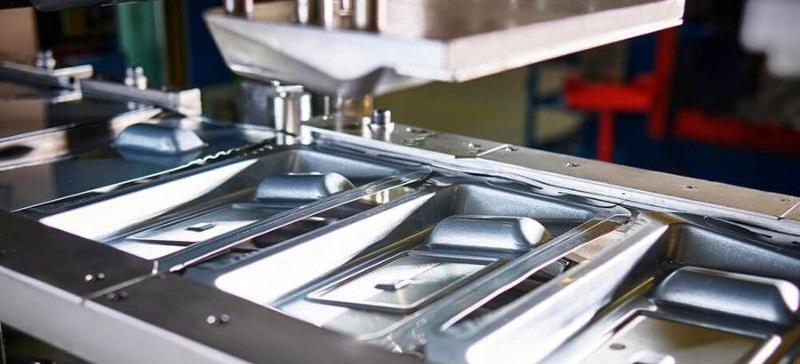Smart Devices Transform the Industry: Harnessing IoT Technology in Sheet Metal Processing and CNC+ View more
Smart Devices Transform the Industry: Harnessing IoT Technology in Sheet Metal Processing and CNC
+ View more
Date:2023-11-15 20:30
Introduction:
In the dynamic landscape of modern industry, the integration of Internet of Things (IoT) technology has emerged as a transformative force. This article explores the profound impact of smart devices on the sheet metal processing and CNC (Computer Numerical Control) machining sectors, shedding light on the innovative ways in which IoT is reshaping efficiency, productivity, and automation.

1. Connected Machines and Data Integration:
The advent of IoT has given rise to interconnected machines that communicate seamlessly with each other. In sheet metal processing and CNC, this connectivity facilitates real-time data exchange, enabling machines to share information about their status, performance, and production metrics. The integration of this data offers a holistic view of the entire manufacturing process, fostering informed decision-making.
2. Remote Monitoring and Predictive Maintenance:
IoT-enabled devices allow for remote monitoring of sheet metal processing and CNC machines. Manufacturers can access real-time performance data from anywhere, facilitating proactive maintenance. Predictive analytics leverage this data to anticipate potential issues and schedule maintenance before equipment failures occur, minimizing downtime and optimizing operational efficiency.
3. Enhanced Precision and Quality Control:
IoT technology enhances precision in sheet metal processing and CNC by enabling continuous monitoring and control. Sensors embedded in machines collect data on factors such as temperature, pressure, and tool wear. This data is analyzed in real-time, allowing for immediate adjustments to maintain optimal conditions. The result is heightened precision and improved quality control throughout the manufacturing process.
4. Smart Automation and Workflow Optimization:
The integration of IoT in sheet metal processing and CNC paves the way for smart automation. Machines can adapt their operations based on real-time demand and production priorities. This dynamic workflow optimization ensures efficient resource utilization, minimizes idle time, and responds swiftly to changes in production requirements, thereby enhancing overall operational efficiency.
5. Supply Chain Integration and Transparency:
IoT technology fosters seamless integration with the supply chain. From raw material tracking to finished product delivery, smart devices provide transparency and traceability. This integration enhances supply chain visibility, allowing manufacturers to make data-driven decisions, optimize inventory levels, and respond promptly to market demands.
6. Energy Efficiency and Sustainability:
Smart devices contribute to energy efficiency and sustainability in sheet metal processing and CNC. By monitoring energy consumption patterns and optimizing machine utilization, manufacturers can reduce waste and minimize environmental impact. This aligns with the growing emphasis on sustainable practices in the manufacturing sector.
7. Challenges and Security Considerations:
While the benefits of IoT in sheet metal processing and CNC are substantial, challenges such as cybersecurity risks and data privacy concerns must be addressed. Implementing robust security measures and adhering to industry standards are essential to safeguard sensitive information and ensure the uninterrupted operation of connected systems.
Conclusion:
The infusion of IoT technology into sheet metal processing and CNC machining marks a paradigm shift in industrial practices. By leveraging connected devices, manufacturers can achieve unprecedented levels of efficiency, precision, and sustainability. As the industry embraces this technological evolution, the synergy between smart devices and manufacturing processes is poised to redefine the future of sheet metal processing and CNC, unlocking new possibilities for innovation and growth.
Share to:
Recommend wonderful blog posts

